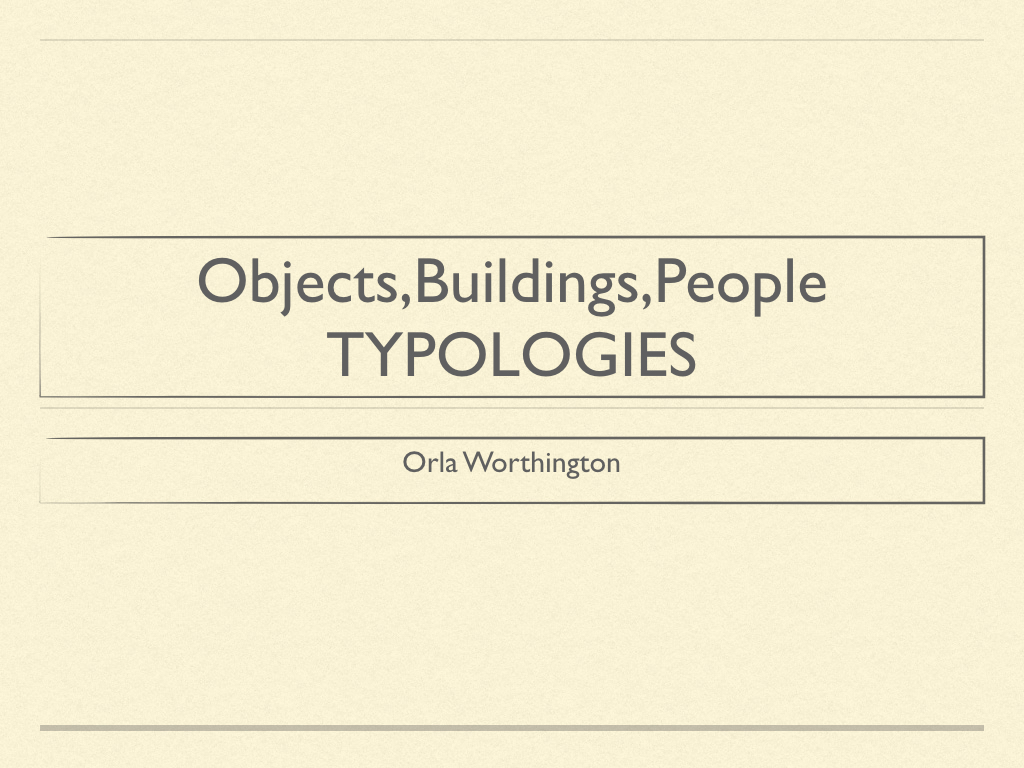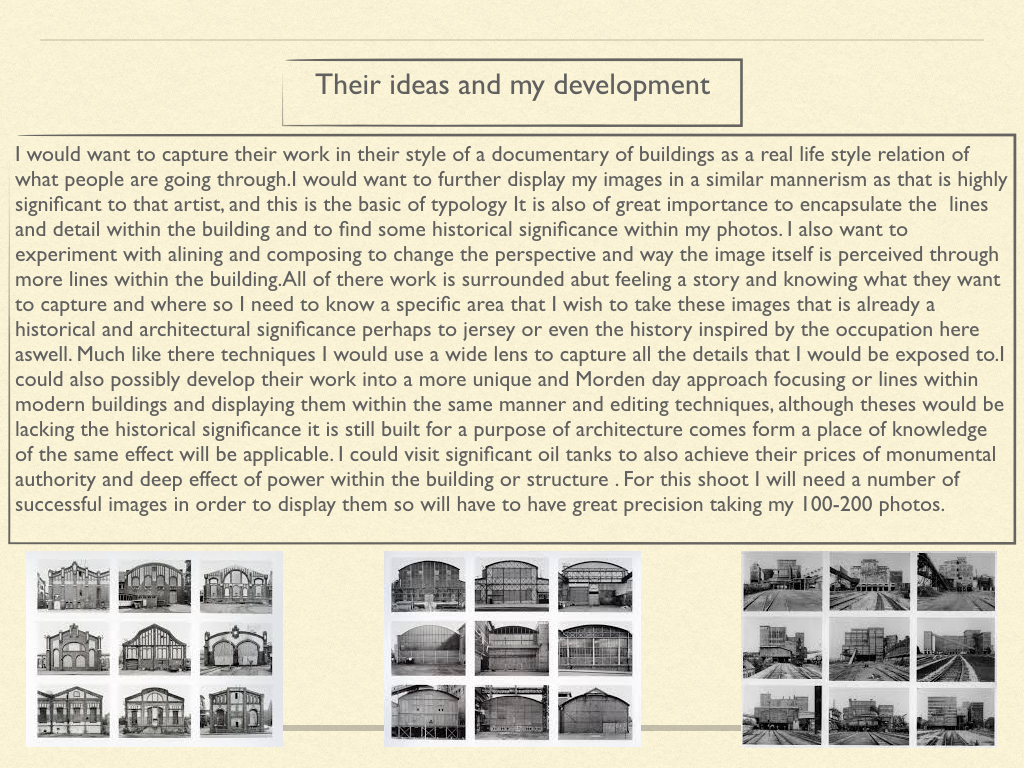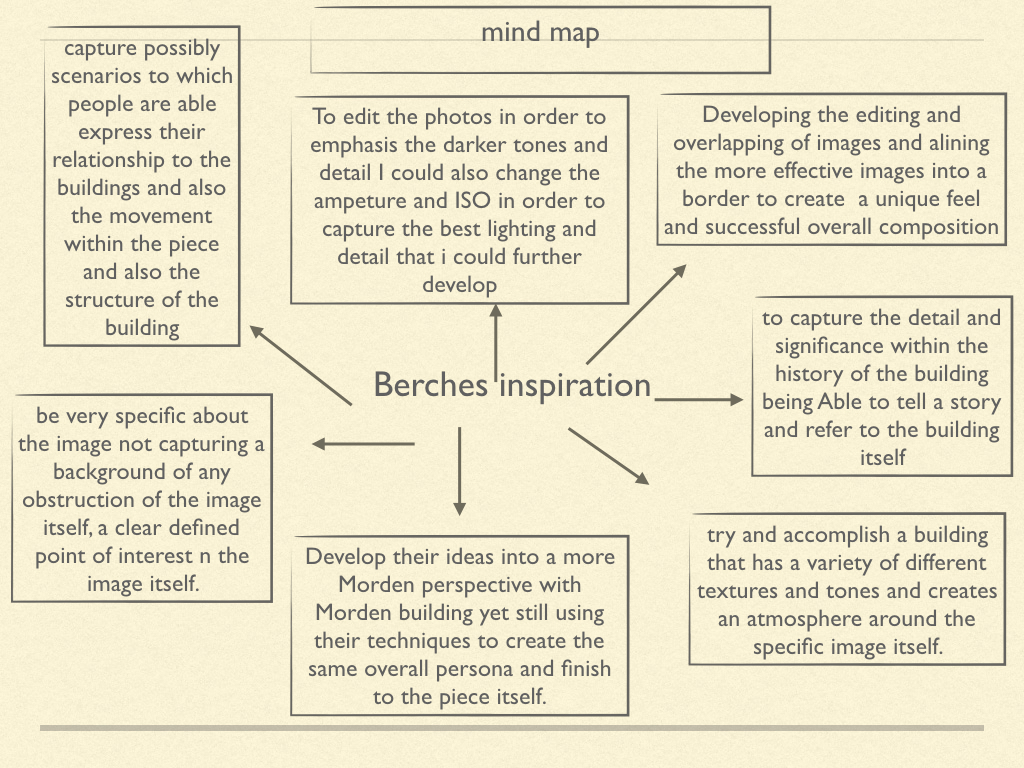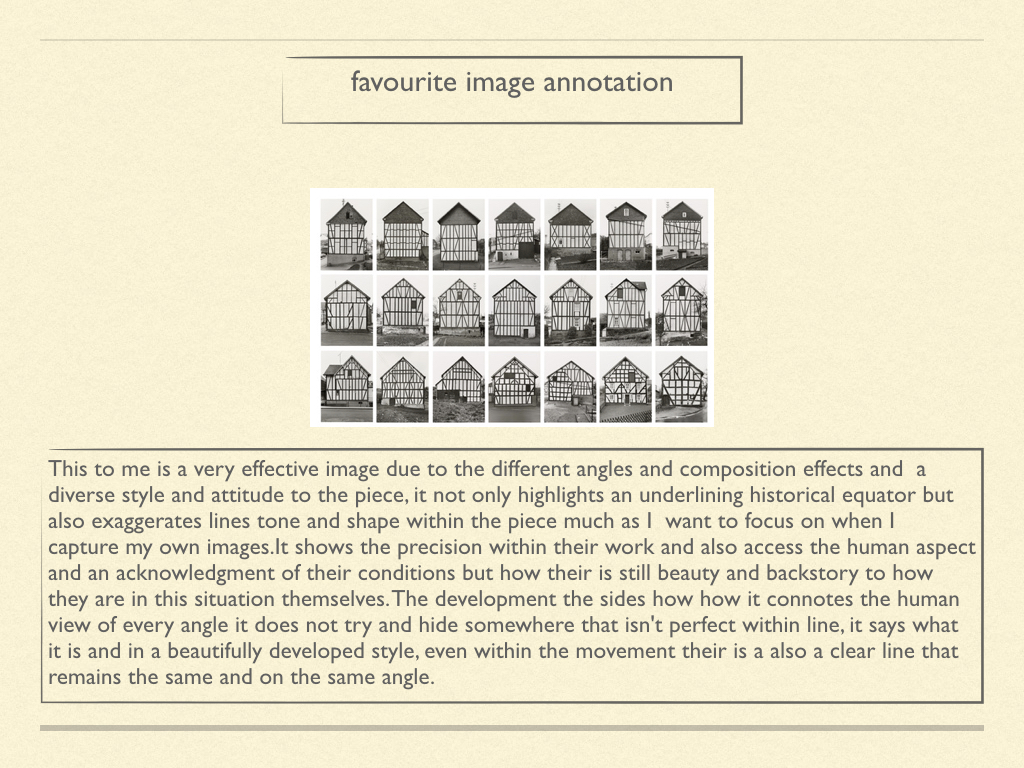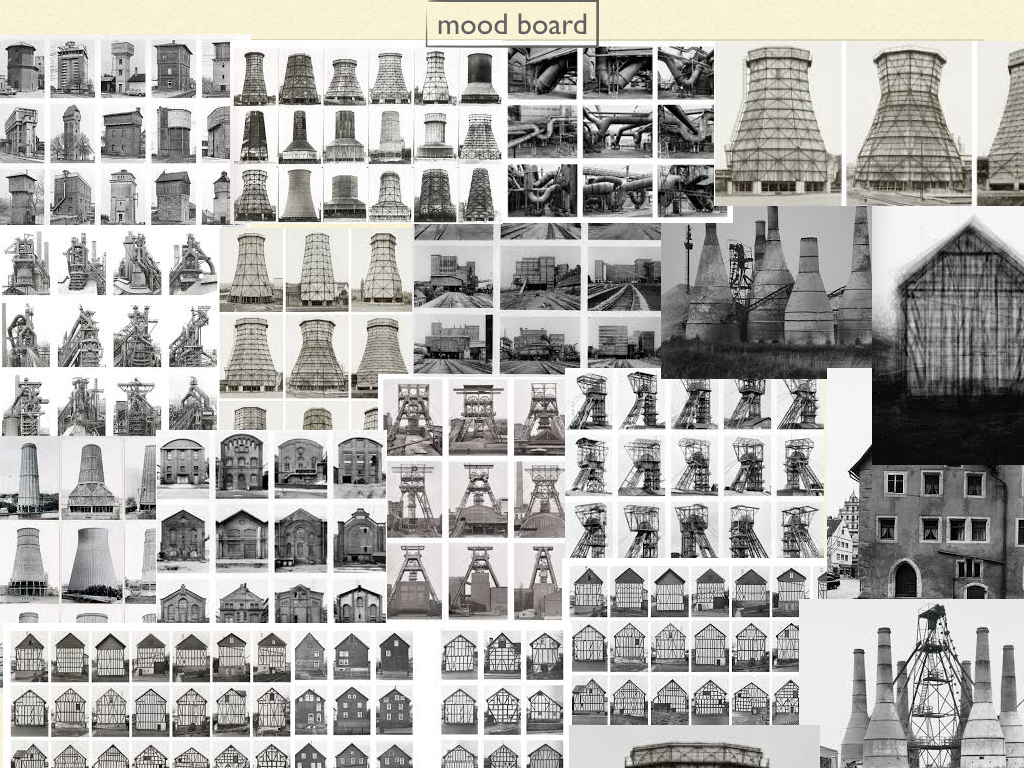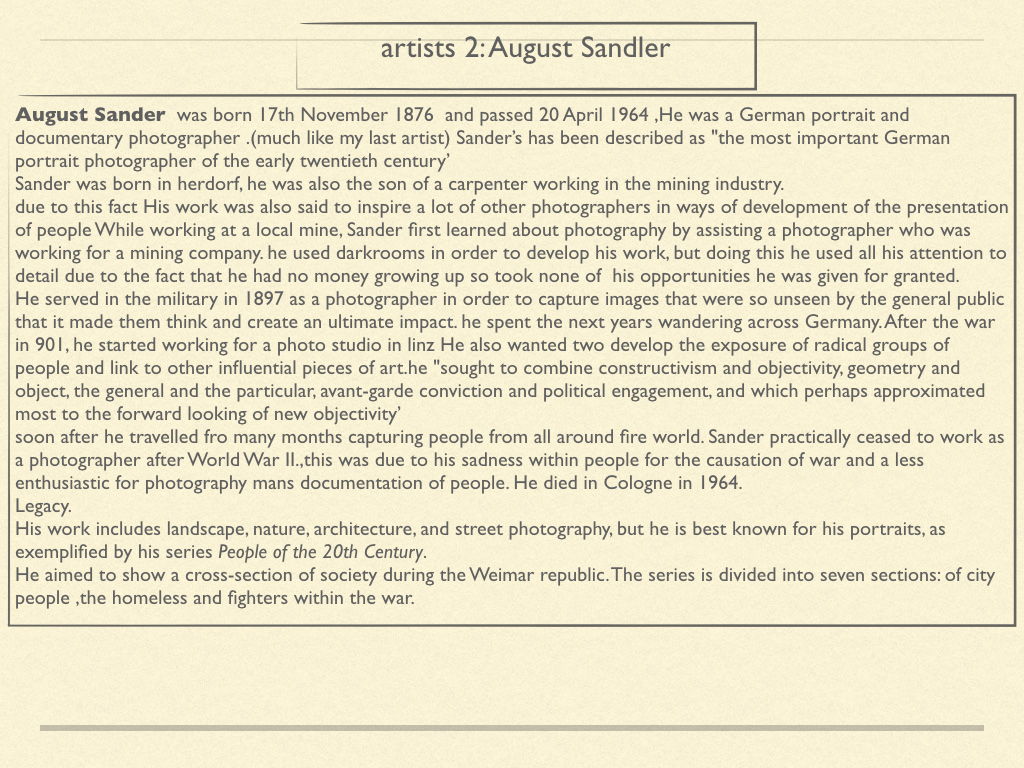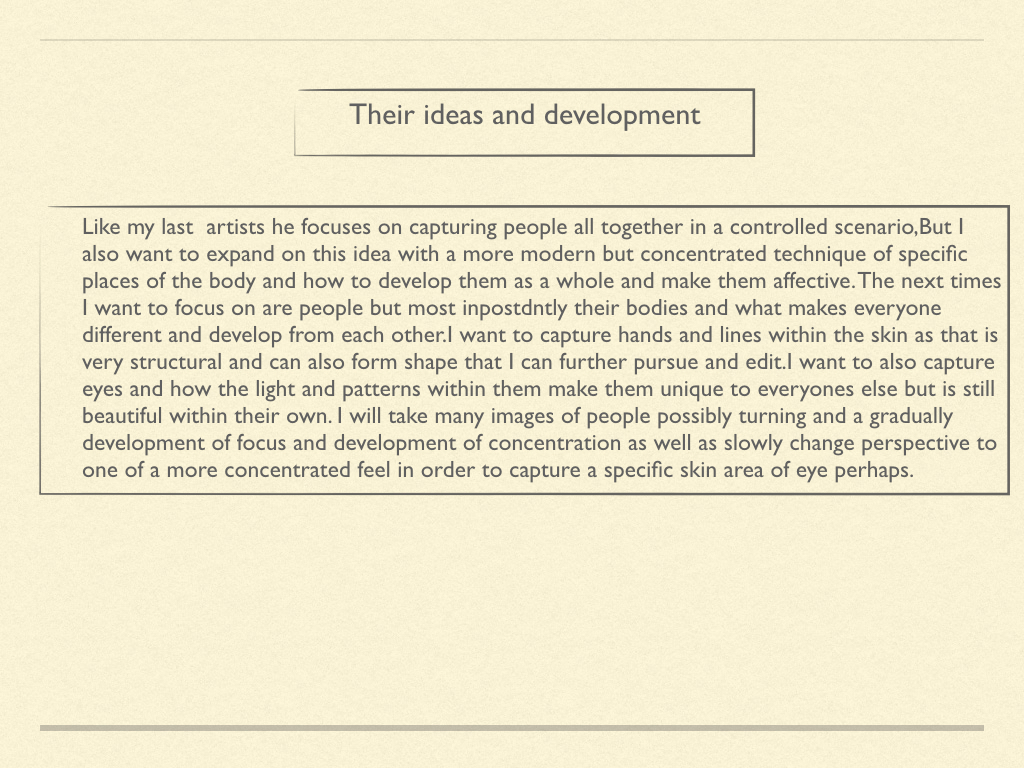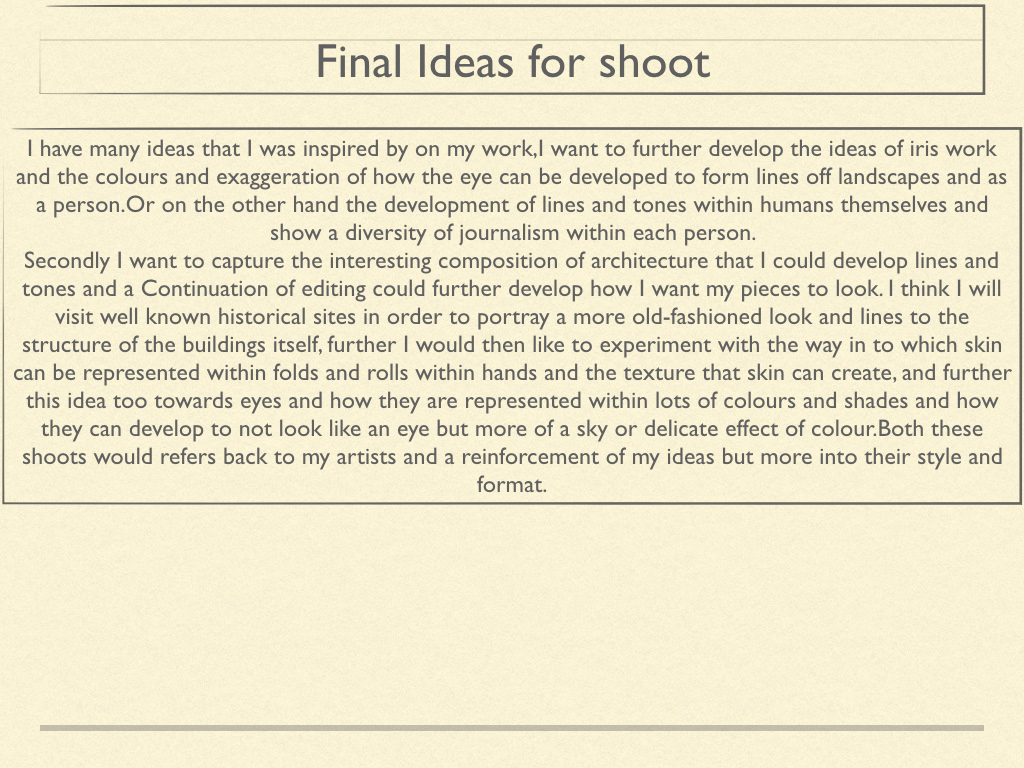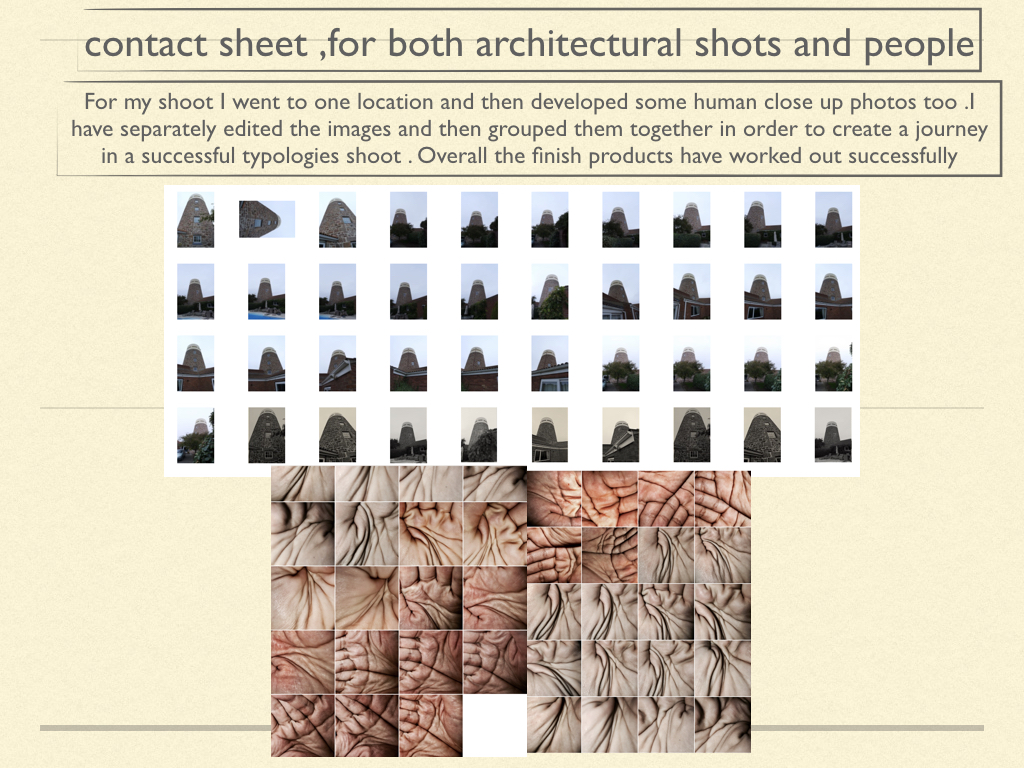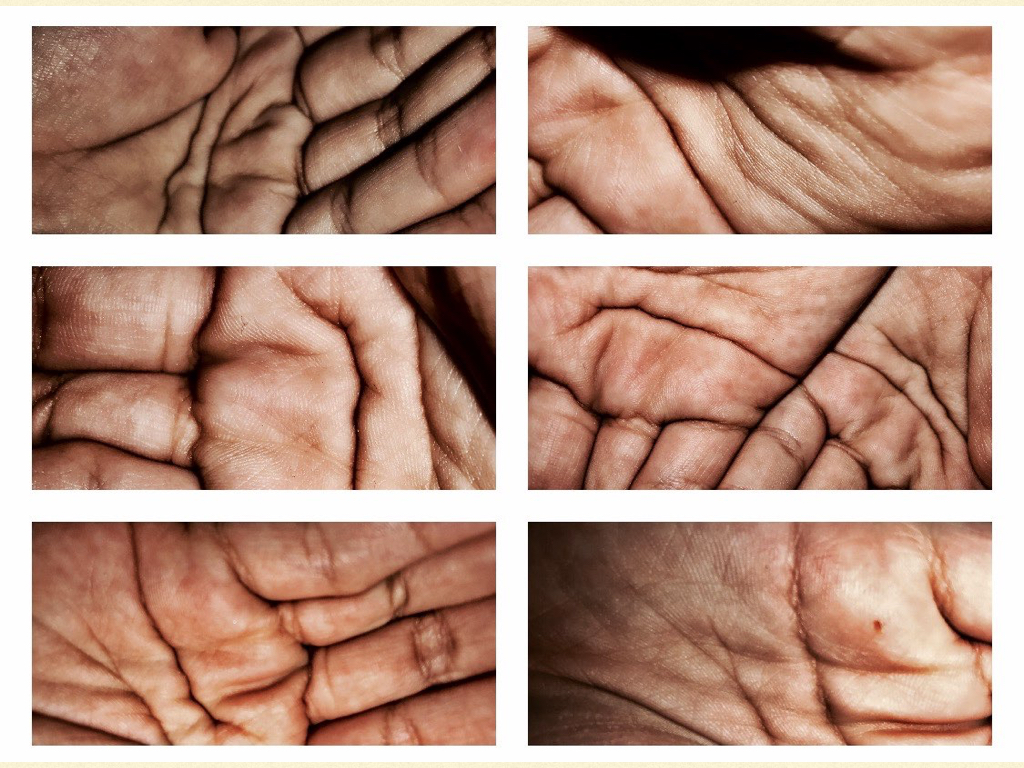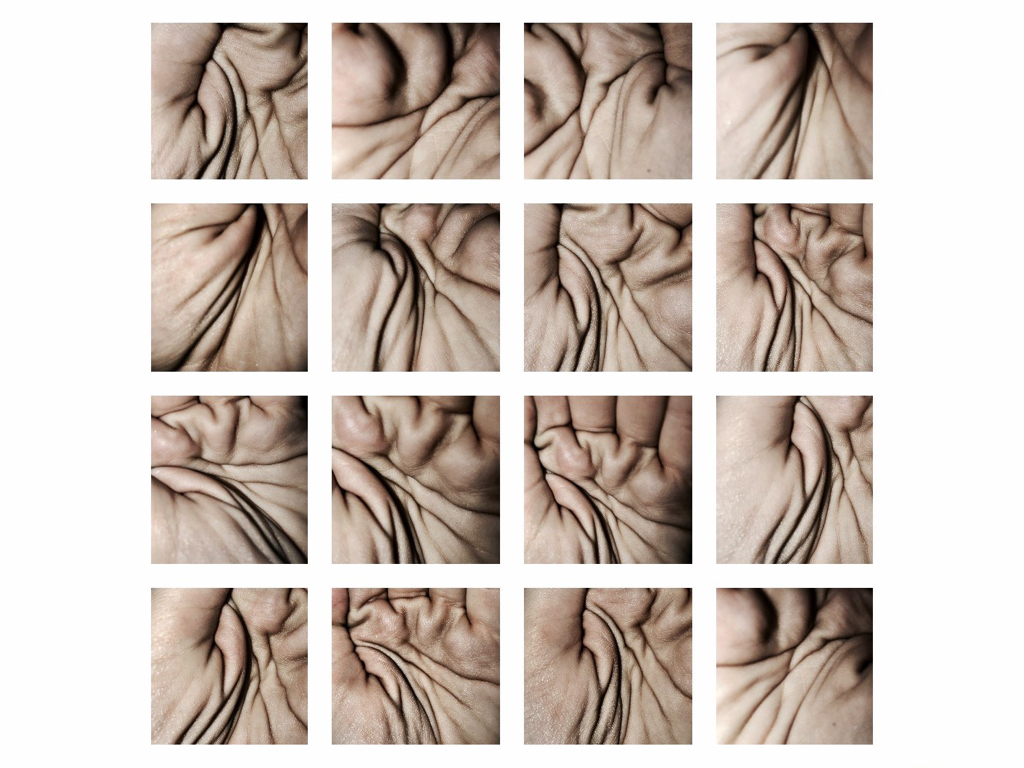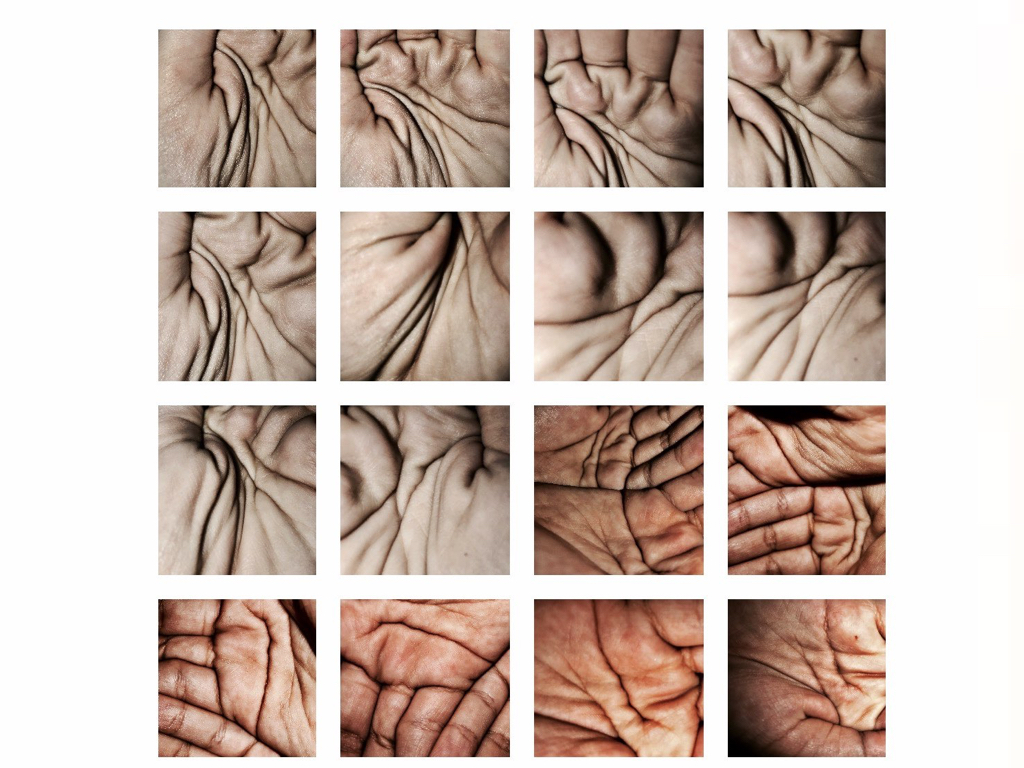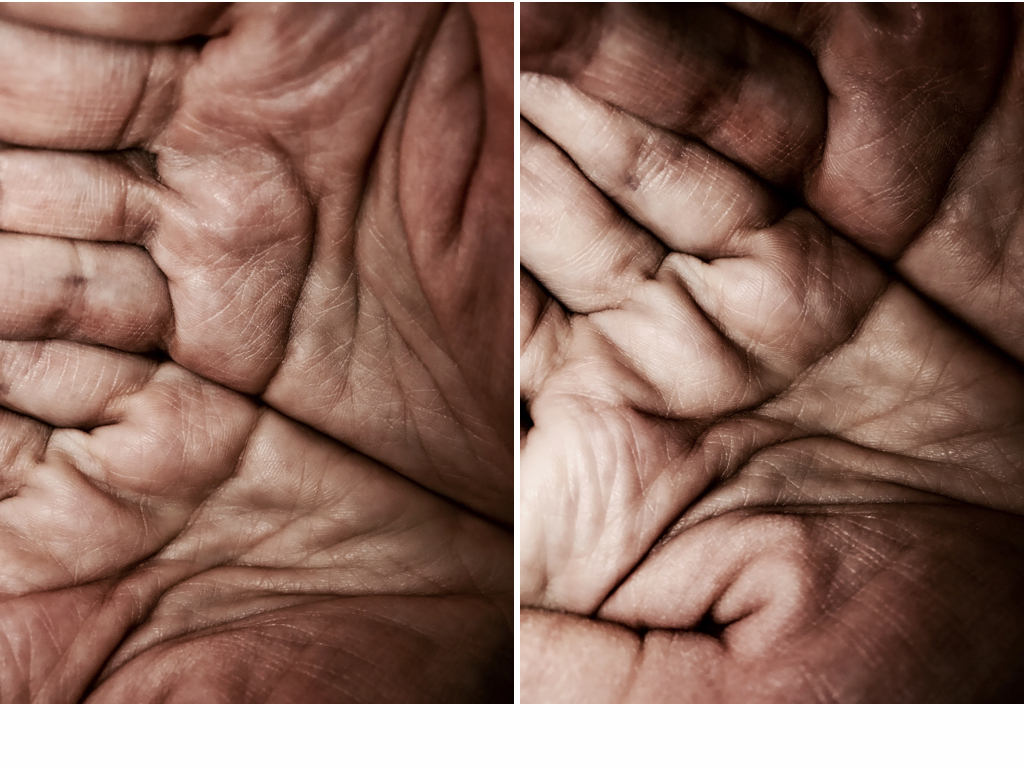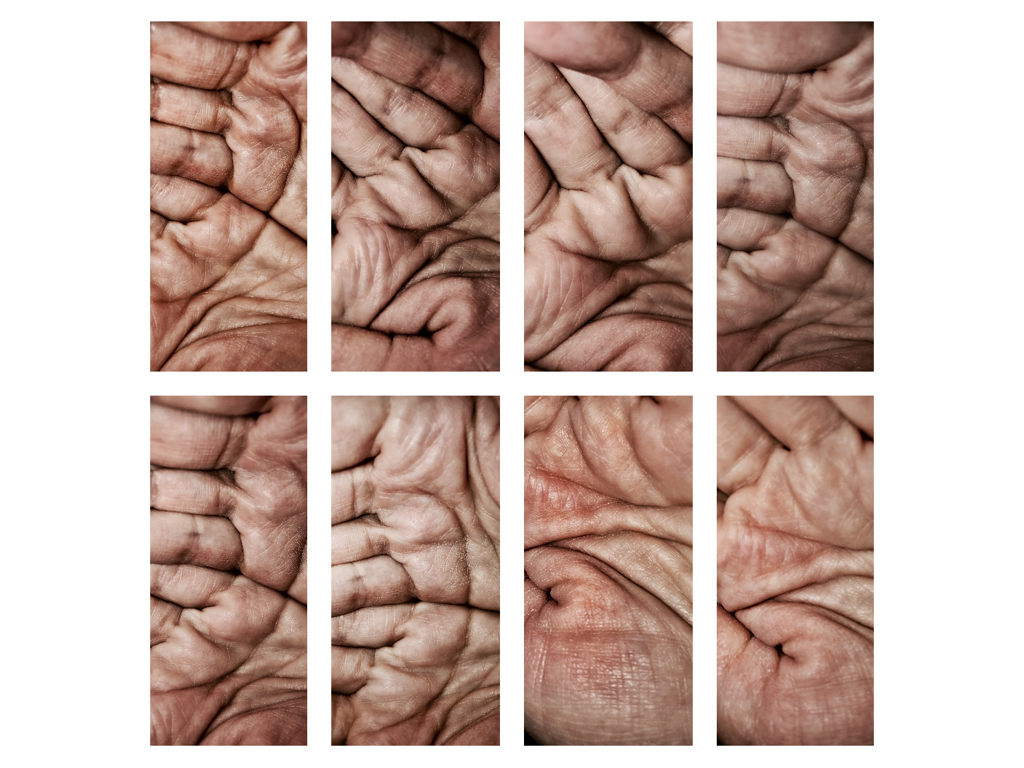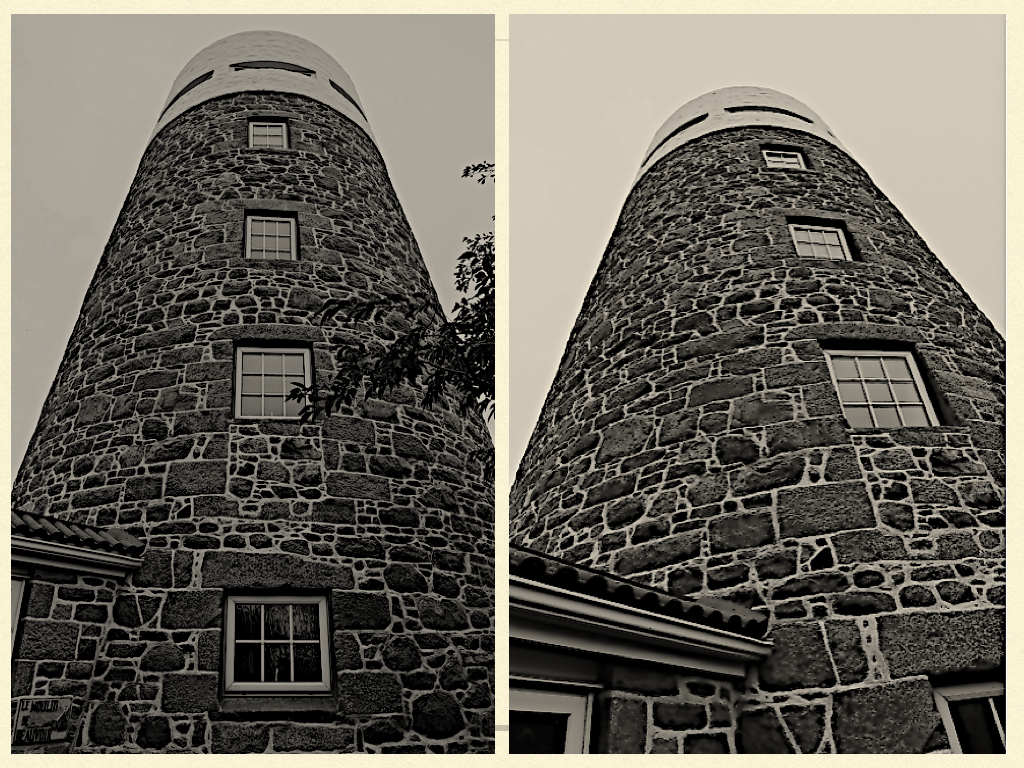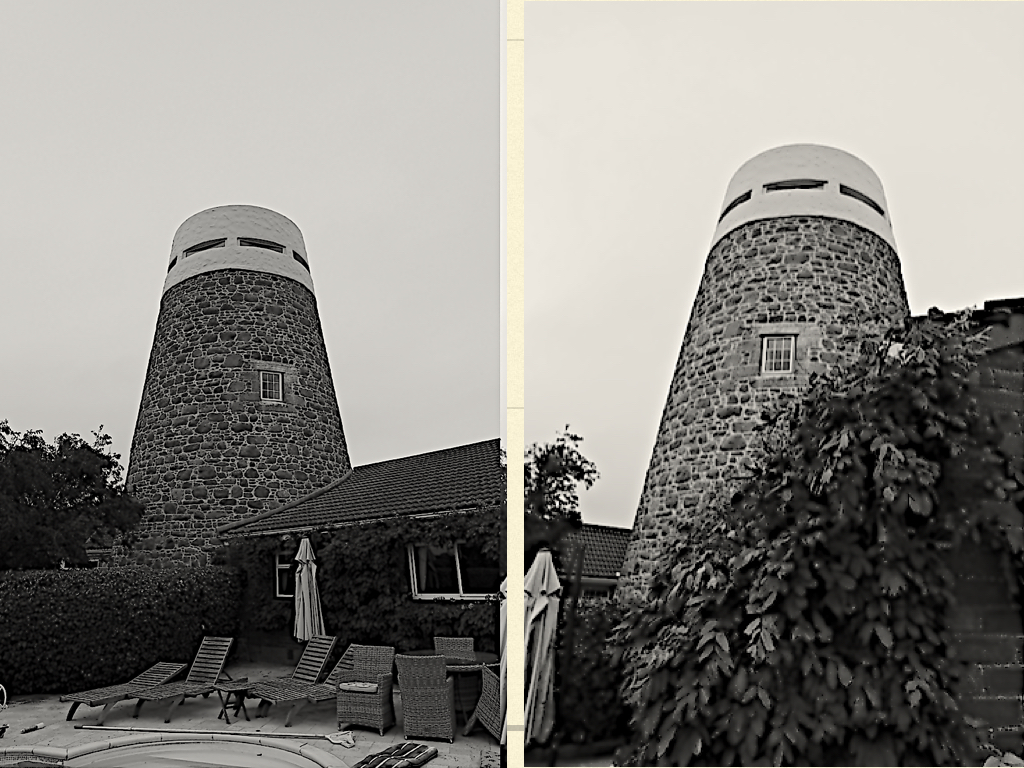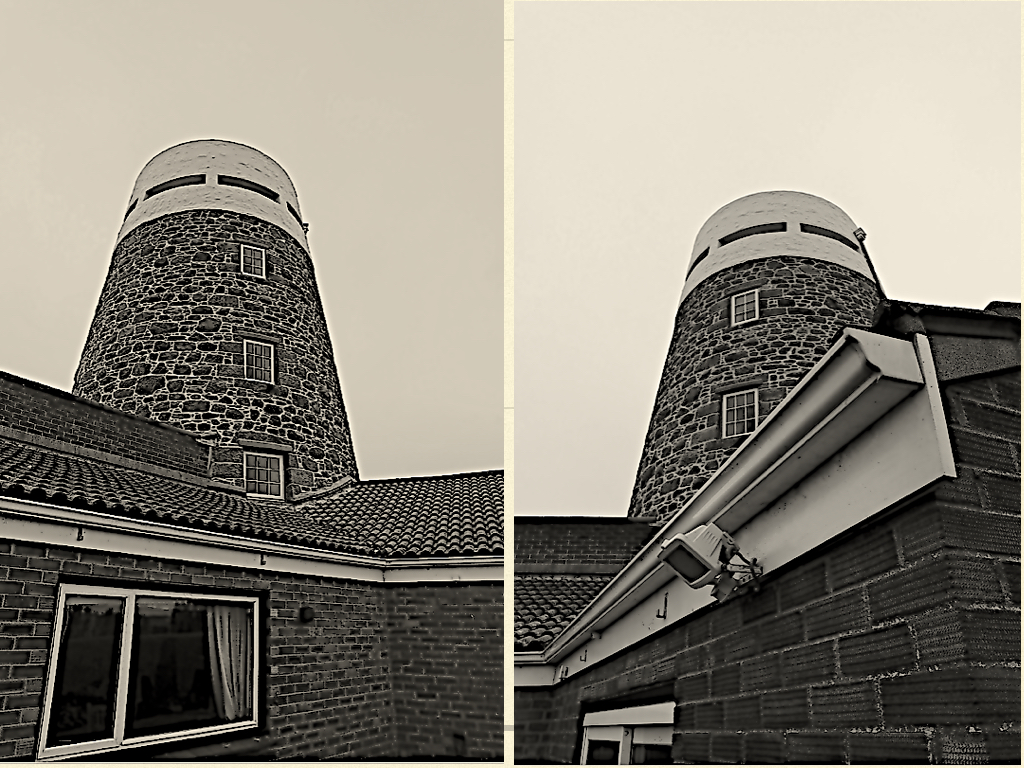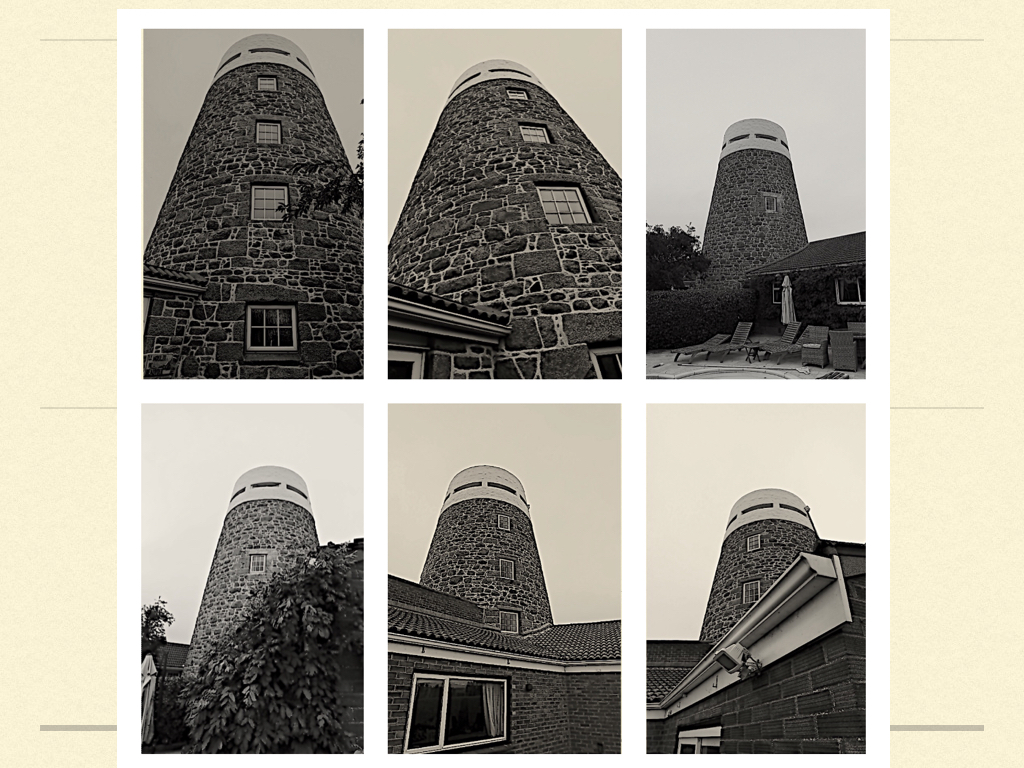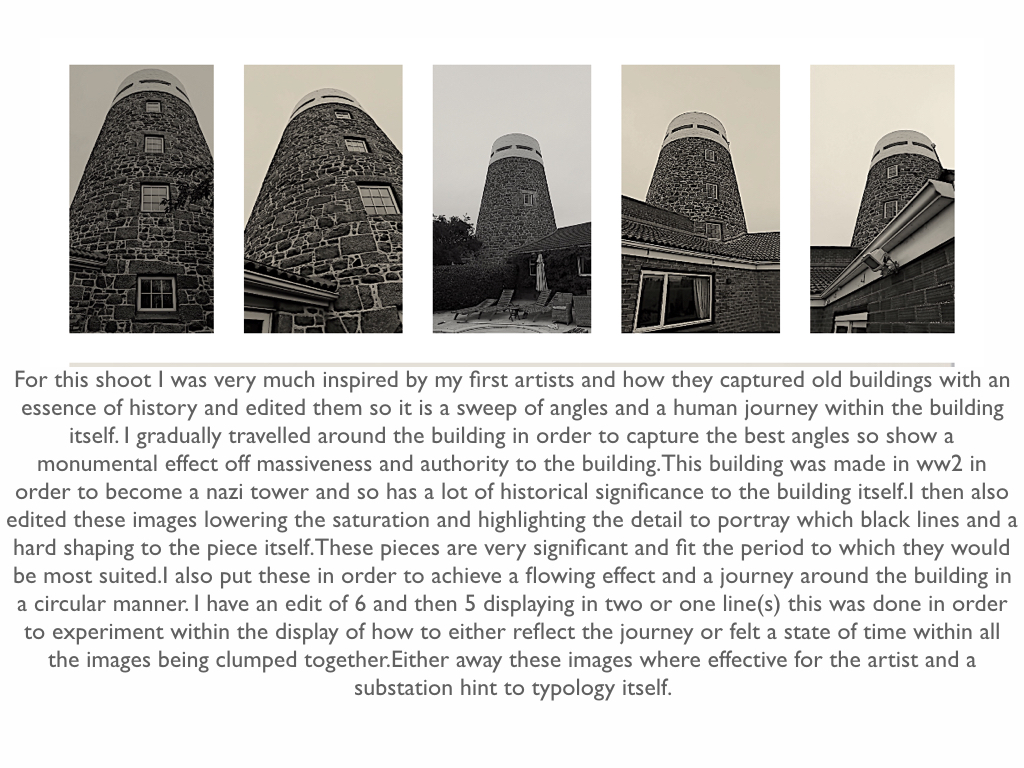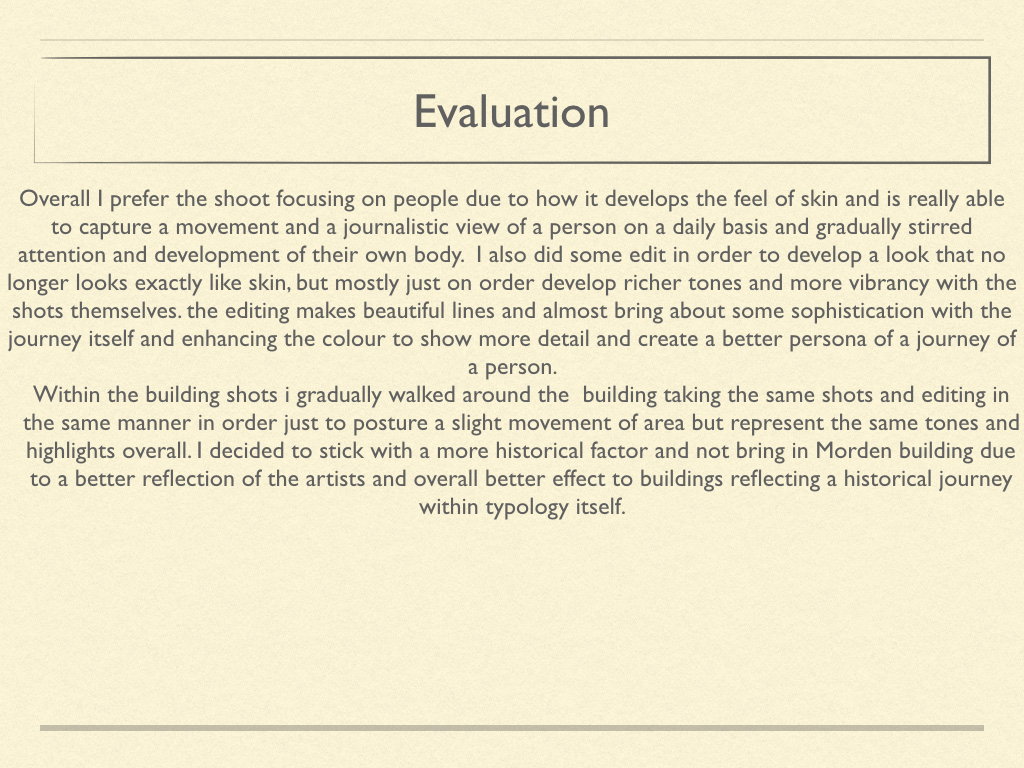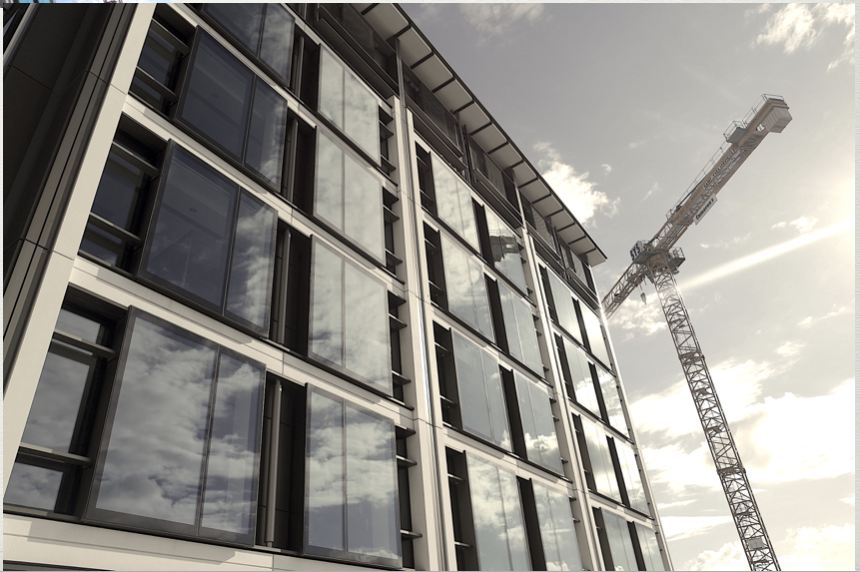
Category Archives: Knowledge and Understanding
Filters
Typology homework 2
Depth of Field
Depth of field is the zone of acceptable sharpness within a photo that will appear in focus. In every picture there is a certain area of your image in front of, and behind the subject that will appear in focus.
This zone will vary from photo to photo. Some images may have very small zones of focus which is called shallow depth of field. Others may have a very large zone of focus which is called deep depth of field.
Three main factors that will affect how you control the depth of field:
- aperture (f-stop),
- distance from the subject to the camera
- focal length of the lens on your camera.
Knowing how to make the parts of your image you want sharp and the parts you want to be out of focus, is a great artistic tool to create great images.

Shallow depth of field can be used in:
- Wildlife photography- where you want the subject to stand out from its surroundings
- Sports photography- where you want to separate the athlete from the background to bring attention to them
Deeper depth of field can be used in:
- Landscape photography- to get as much of the scene in focus as possible
Focal Length and Focusing
What is Focal Length?
The focal length is the distance between the lens and the image sensor when the subject is in focus. The higher the number, the more zoomed your lens will be. The focal length measurement tells the photographer what the angle of view will be (how wide of an area is visible in the picture) and the magnification of far away objects in the photo.
For example:
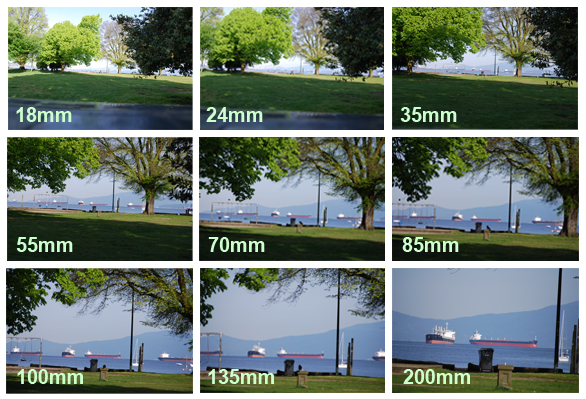
Here is a website which explains the different focal lenses and what they are used for:
How does manual focus differ from auto focus?
Autofocus is when the camera does the focusing for you based on the focal points you’ve chosen. If you are using full auto you won’t have much say in where your camera decides to focus.
When it comes to manual focus, no manipulation is necessary: The control is solely in the user’s hands. It perhaps takes a little more patience, but if you like having total control over your images, it’s the better choice.
When can manual focus better than auto focus?
- Macro work
- Portraits
- Shooting through glass or wire fence
- Action
- Low light
Switching to manual focus will give you complete control to enable this rather than having to line up the focusing points on your camera on the eyes prefocussing by pressing halfway down and then having to frame your shot.
http://www.peachpit.com/articles/article.aspx?p=2264647&seqNum=6
Ansel Adams and development of light and About
About
Ansel Easton Adams was born in February 20th 1902 and passed on April 22nd 1984,Adams was a highly influential American photogrhper and also an environmentalist which you can see throughout his very nature based images.He is most famous for his black and white landscapes he would hike and take in the American west, these are now widely produced as calendars and see through the Internet.Adams is probably most famous for his discovery and invention of ‘the zone system’ this is a way In which to determine proper exposure and how to adjust a contrast of a final print while taking the photo itself. This produces a proper exposure and a clear adjustment and depth within his character filled photos. His work was primary on a large format camera due to this is contributed towards his sharpness within the final print.
Adams was also a founded photographers as well known group of fellow photographers who also capture very landscape based pieces of art. Himself and his family were migrants form within England to follow a business of his fathers. He was Laos a lumberjack with is one of the persons that inspired himself to be very indulged in nature itself and preventing it to be cut down of forgotten.
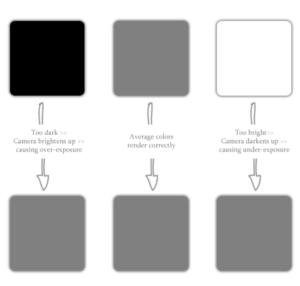
His technique
His work once agin inspired his development of ‘The zone system’ this is photograph technique to determine the optimal film exposure, it is the basis of the sensitometry system which develops who a scene should be processed t look in its best manner and come across in the most appealing light and texture. Adams described the Zone System as “not an invention of mine; it is a codification of the principles of sensitometry ,he is said to provide a relationship between the way a photographer is visual and the subject itself. its ids also applicable to film and also digital cameras of today time. The image below is how the tones are numbered and put into a systematic order of the development of all the colours around the image separately to create an effective composition.

An Example of his work
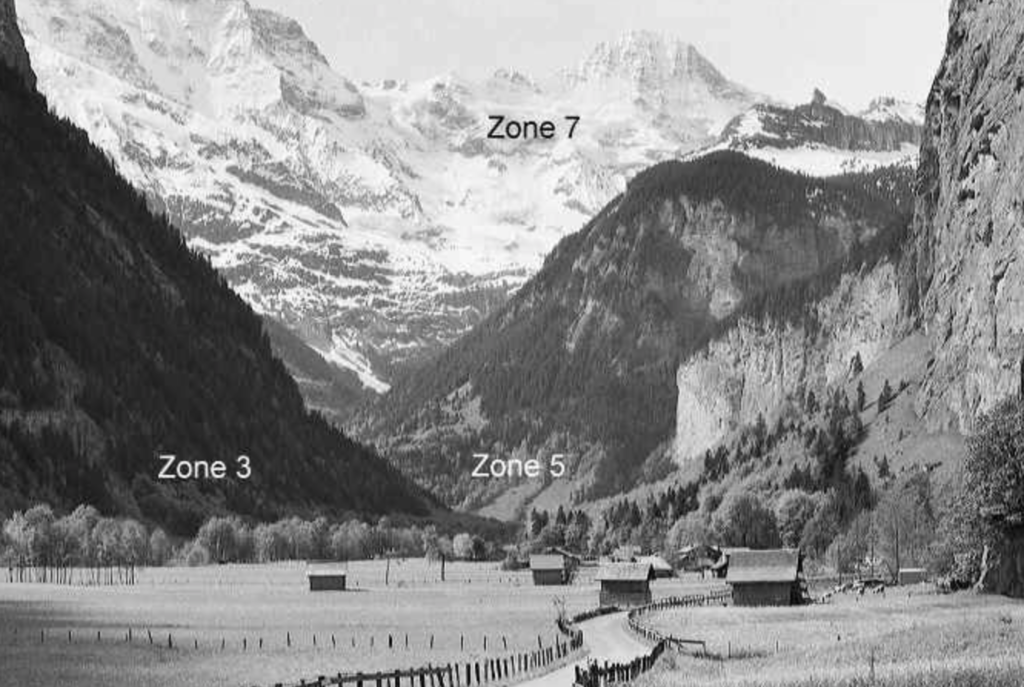
In this image you can clearly see his line of frame and all the difference within colour and tone to achieve all of the very lights to darks and accomplish a successful piece.
formalism, artists and shoot
Contact Sheets
what is a contact sheet? A contact sheet is a piece of photographic paper on to which several or all of the negatives on a film have been contact-printed and sometimes from a film positive,or in the Morden day it is a way to represent and present all your work and development of visual inspiration to how you have found your final piece.Furthermore negatives are developed In a darkroom and exposed and developed piece of photographic film is placed on the emulsion side down, in contact with a piece of photographic paper, light is briefly shone through the negative and then the paper is developed to reveal the final print. This can clearly been seen here:The defining characteristic of a contact print is that the resulting print is the same size as the original, rather than having been projected through an enlarger.A contact sheet is not to differ your image or create an illusion of the image,but display and emphasis the original images and similar.You are usually able to see a distinct choice in the paper within circles and marks of significance. Highly respected and influential photographers are called magnum photographers who produce beautiful contact sheets. Magnum Contact Sheets reveals how Magnum photographers have captured and edited their best shots from the 1930s to the present. The contact sheet, a direct print of a roll or sequence of negatives, is the photographer's first look and understanding around the scenario at what he or she has captured on film, and provides a uniquely intimate glimpse into their working process.It is more detailed and emphasise journalism within the development of a shoot and a conservation of the persons emotive reflection. It records each step on the route to arriving at an imageproviding a rare behind-the-scenes sense of walking alongside the photographer and seeing through their eyes.
Contact sheets are part of the "decisive moment”it captures a specific moment within their shutter and then furthers to the oversize best capture and desire within their possible one in a million photo.

